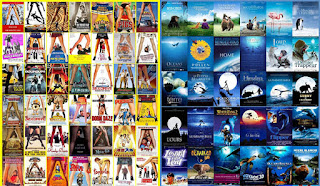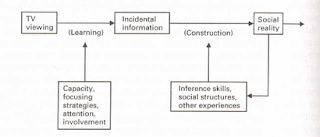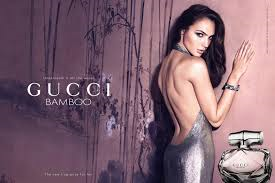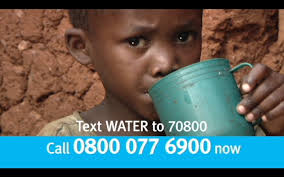- The purpose of any media product is to make money.
- Another purpose is to entertain people.
- Films must make a lot of money as they cost a lot to make.
Facts about early film:
- History of film began in the 1890's without sound, sound was then introduced in 1927.
- First movie ever made The Horse In Motion, created by Eadweard Muybridge in 1878.(Roughly 140 years ago)
- The first film was to settle a debate about horses hooves.
- Films were only about 46 seconds long at the start due to the lack of technology.
- The jazz singer was the first film with sound.
- The first film studios were built in 1897.
- In the late 19th century the film makers and producers were mostly females this is because making films were seen as a female, girly job as it's like art and craft.
le jardenier et le petit espiegle (1895):
All done in a single shot.
Key words:
Spatial continuity- the audience always knows where they are at any time.
Temporal continuity- the audience always knows in what order the events have transpired, and any flashbacks and so forth will be clearly signposted.
Films must be realistic and must not make reference to other filmic or popular texts.
The studio system -
Production - Making a media product
Distribution - Getting the product out there
Convergence - When two separate media industries come together (e.g a music video- film and music come together)
Regulation - The rules and restrictions of a media product
Digital Technologies - Technology made possible through computers
Exhibition - The showing of the media product
Conglomeration - Is a corporation that consists of a group of businesses dealing in different products or services.
Vertical/horizontal integration - Vertical integration where a company buys up other companies involved in different stages of the production and circulation.
Horizontal integration when other film companies buy another.
ident- Things such as the Universal sequence. They are a film distributer
David Hesmondhalg: The cultural industries
He said that...
horizontal integration is key to the media industry.
Vertical integration involved in different stages of production and circulation.
Conglomeration
Curran and Seaton:
- Media concentration limits variety, creativity and quality.
- The media is controlled by a small number of companies primarily driven by the profit and power.
- More socially diverse patterns of ownership can create more varied and adventurous media productions.















